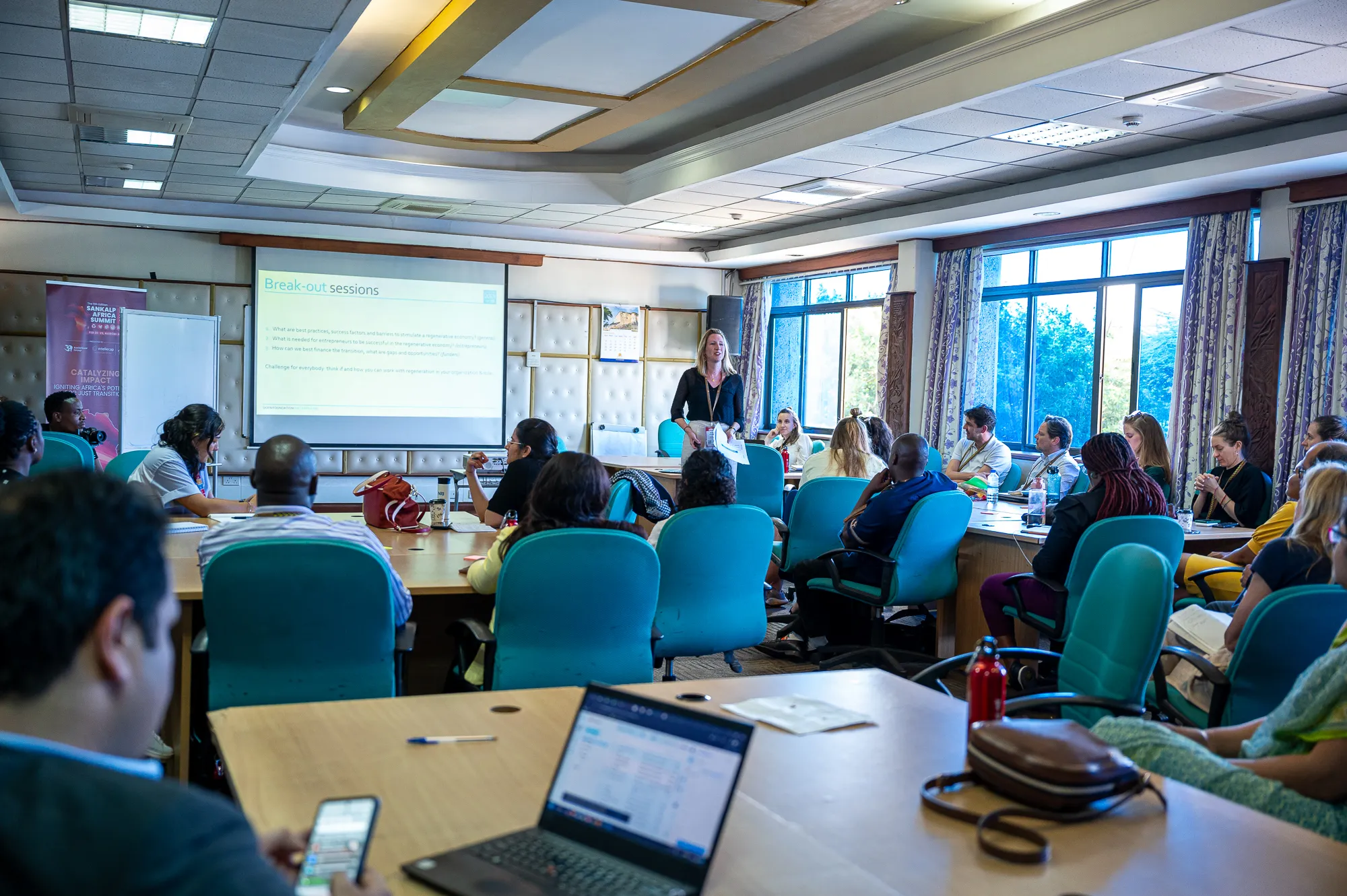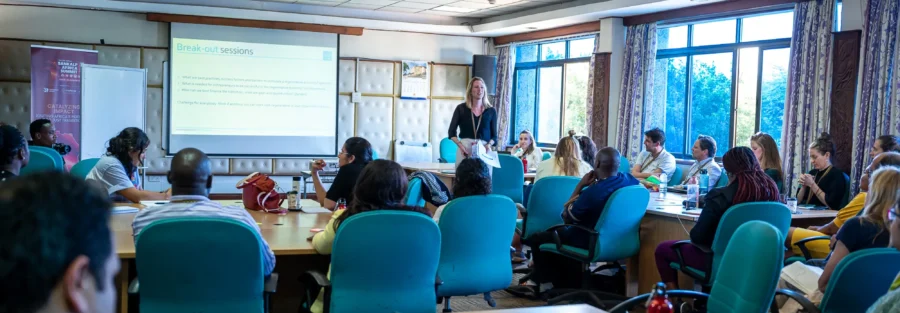

In a world fraught with environmental degradation and resource depletion, the concept of a regenerative economy (RE) emerges as a beacon of hope. Unlike traditional economic models that exploit natural resources and social relations without regard for their replenishment, a regenerative economy seeks to restore and replenish the ecosystems and relations upon which we rely. It’s a holistic vision encompassing all domains from food to energy and (alternative) materials, all with the intent of restoring and regenerating people and planet.
At the heart of the regenerative economy lies the principle of balance: the extraction of natural resources should not exceed their capacity for renewal. Instead, resources should be utilized in ways that not only sustain but also enhance the health of our environment. This entails embracing practices that prioritize landscape restoration, eco-ecology, bio-based materials, circularity in design, and the empowerment of communities.
Recently, regenerative entrepreneurs supported by the DOEN Foundation, presented insights into implementing regenerative practices. Their experiences shed light on the best practices, success factors, and barriers encountered in fostering a regenerative economy.
Successes:
- Integration of Practices: One of the primary successes of the regenerative economy is its ability to create a system that removes the isolation of practices. For instance, landscape restoration and agriculture are intertwined, with each complementing the other. By integrating various practices, the regenerative economy maximizes efficiency and effectiveness in resource utilization.
- Utilization of Indigenous Knowledge: Another significant success is the incorporation of indigenous knowledge into regenerative practices. Indigenous communities possess invaluable wisdom passed down through generations, offering insights into sustainable agricultural techniques, land management strategies, and biodiversity conservation methods. By leveraging this knowledge, the regenerative economy harnesses centuries of ecological wisdom to inform modern solutions.
Barriers:
- Poor Government Policies: Despite the potential benefits of regenerative practices, poor policies from governments can pose significant barriers. In some cases, government subsidies favor conventional, resource-intensive practices over regenerative alternatives. For example, fertilizer subsidies may discourage the use of organic manure, perpetuating reliance on synthetic inputs and hindering the transition to more sustainable farming methods.
- Market Resistance: The acceptance of regenerative products and services poses another hurdle. Short-term profit incentives often overshadow long-term sustainability goals, discouraging investment in regenerative initiatives. Neglecting to incorporate True Price, which factors in the costs of negative externalities like carbon emissions and water pollution, can undermine the perceived economic viability of regenerative approaches, despite their ecological and social benefits.
Supporting Entrepreneurs in the Regenerative Economy:
As we endeavour to build a regenerative economy that fosters sustainability and resilience, it’s imperative to recognize the pivotal role of entrepreneurs in driving transformative change. To ensure the success of entrepreneurs operating within this ecosystem, several key actions must be taken:
- Embrace a Holistic Approach: Entrepreneurs aiming to transcend profit maximization require support from funders to shift funding priorities towards holistic outcomes, alongside encouragement to prioritize stakeholder well-being. Additionally, support organizations can offer training, resources, and networking opportunities for holistic business development, fostering a more comprehensive approach to entrepreneurship within the regenerative economy.
- Address Economic Disparities: Funders should allocate patient philanthropic capital and provide financial incentives to support regenerative initiatives. Government entities must reassess subsidy frameworks and implement policies fostering fair competition. Support organizations can contribute by educating entrepreneurs about alternative financing options, seeking to transition to regenerative business models.
- Foster Innovation and Scaling: Governments should establish funding programs for research and development, alongside streamlining regulatory processes to facilitate innovation adoption. Support organizations play a crucial role in providing mentorship, technical assistance, and networking opportunities, enabling entrepreneurs to drive innovation and scale or replicate their ventures effectively.
- Build Trust-Based Relationships: Funders should base funding decisions on trust and transparency, developing frameworks for measuring and reporting impact accurately. Governments can establish standards and certification programs while supporting initiatives that promote transparency in corporate practices.
- Embrace Collaboration: Platforms like Sankalp Forum can play a critical role in facilitating meaningful relationships between entrepreneurs and other stakeholders. From meeting the most relevant folks to identifying areas of synergies, forums can accelerate mutually benefiting relationships.
In conclusion, supporting entrepreneurs in the regenerative economy requires a multifaceted approach that addresses systemic barriers, fosters innovation, and promotes collaboration. By taking concerted action to create an enabling environment for entrepreneurship, we can unlock the full potential of the regenerative economy and pave the way for a more sustainable and resilient future. As we embark on this journey, let us remain committed to empowering entrepreneurs as catalysts for positive change and champions of a regenerative world.




